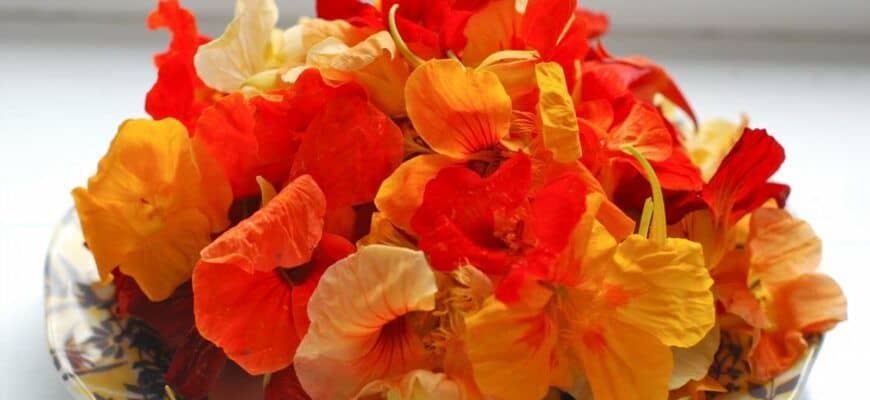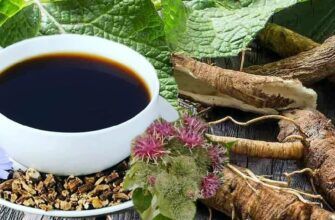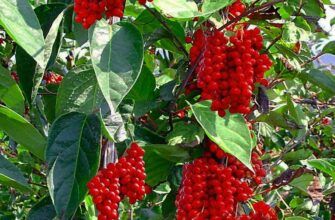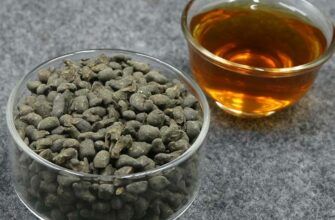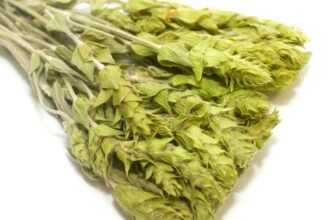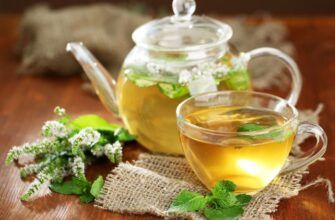Usually nasturtium is grown as an ornamental plant, and most gardeners do not even suspect that this is a real plant antibiotic. Nasturtium is a climbing annual plant with light yellow-orange, sometimes red flowers. Blooms from early summer until the first frost. Seeds are sown the next year. The plant is extremely rich in nutrients.
Nasturtium is a powerful natural antibiotic
Nasturtium is active in the fight against all 46 strains of pyogenic staphylococcus, which often provokes inflammatory diseases of the urinary tract and kidneys. Some healers and doctors using nasturtium note its ability to successfully deal with types of staphylococcus, which often cannot be treated with antibiotics and other strong drugs and carry a hidden threat that a person may develop serious complications even several years after treatment.
This herb not only destroys staphylococci, but is also active against salmonella or streptococci. The use of nasturtium in many cases can reduce the burden of synthetic antibiotics on the body.
Nasturtium is recommended for the treatment of diseases of the urinary tract and kidneys, as well as inflammation of the respiratory tract. Its use at the very beginning of the development of an infectious disease can stop it. It is used as a prevention of diseases or the occurrence of relapses.
Against hair loss and skin treatment
This herb is often used in the treatment of hair loss and dandruff, and is included in many products designed to address these problems.
An infusion of fresh or crushed and pressed petals has an antiseptic effect when applied to damaged skin. It is used as a strong antimicrobial and anti-inflammatory agent.
Use as a tea
Nasturtium leaves can also be dried for later use. If you have health problems, they can be used as a tea.
In pharmacies, you can now often find tinctures and tablets with nasturtium extract, which are available to everyone. There are even products for pets with the addition of this plant.
Nasturtium tea recipe: 1 teaspoon of dried leaves with a slide or 2 teaspoons of chopped fresh leaves pour a glass of hot water, let it brew for 10 minutes, strain.
For medicinal purposes, use 3 times a day, or 1 time a day to prevent the occurrence of diseases.
If your garden has been growing these beautiful flowers for a long time, try making nasturtium butter bread for a refreshing healing delicacy.
If you still do not grow this beautiful and useful plant, be sure to remember it next year and plant it in a small pot - it will delight your eye and body.
Read more: